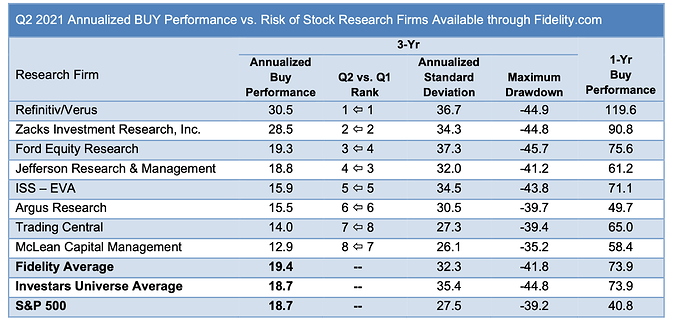Absolutely correct.
But Stockpedia DOES have a slick site that I bet is doing a lot of business. I even thought about signing up for maybe 10 minutes (that would not necessary mean leaving P123).
Stockpedia has one thing in common with Zacks. Zacks also does a decent business too, I would guess.
Both Zacks and Stockpedia have a single ranking system that can be followed out-of-sample (and therefore it is PIT) and used in their provided screener. Zacks has a much longer out-of-sample period. But there is no cherry-picking for either site as it is just one ranking system.
BTW, Stockpedia’s ranking system results are not that great–unless you compare their results to the FTSE, I suppose. About 9% annualized over the last 10 years and it has not done that well recently. So it is not clear that you could not have just gone to Vanguard and put your money into VTI (12.63% annualized for the last 10 years) and have done just as well. While slippage is not included in Stockpedia’s data, it is also rebalanced quarterly (not a ton of transactions) and it clearly does beat the FTSE. So a mixed result, but not an entirely negative result.
I am a member of Zacks and I intermittently upload their ranking system into P123’s In-List to see if Zacks adds any value to the sentiment factors P123 provides. I am not sure that it does. But it is easy and it has some out-of-sample results (since January 1 1988). Also Fidelity’s site–that follows analyst’s recommendations–has independently verified some of Zacks claims.
Fidelity also has a single ranking system with out-of sample results (first image). Specifically, Starmine has a propriety ranking system (developed using a reinforcement learning method) for aggregating analyst’s recommendations. I have also uploaded their summary-opinion (and verification) of the analyst’s recommendation available at Fidelity (and used for Starmine’s reinforcement learning method). But the analysts’ opinions can be accessed separately at Fidelity E.g Refinitiv/Verus (see below). That is a nice P123 feature that all of this can be uploaded and each opinion or ranking system can be used separately or combined at P123! Combined and followed as a port or ports at P123.
Yuval is correct, IMHO. Fidelity’s site is worth checking-out. The second image is an independent tracking of some of those analysts’ opinions available at Fidelity’s site.
P123 cannot pursue all of the good ideas presented in the forum but they should take a few of them seriously. Some of the ideas that they may accept as valuable take time to develop. In the meantime, we can already use some of the other site’s good ideas at P123 without any changes needing to be make at P123.
While my post is perhaps away from the topic of guru screens, I agree with the general suggestion that Stockpedia has some strengths. And I apologize for the length of this post. But it is the clearest method for starting with proven out-of-sample results, using P123 (with examples provided). This is something a new member could do today without having to develop their own out-of-sample results or develop a reinforcement learning method that they hope might improve on Starmine’s professionally managed method. Yuval was the first to recommend Fidelity’s screener. I just expanded on one of its strengths and how it can be used with P123 (which I have done with positive results and I may go back to it at some future date).
BTW, Marc Gerstein went to a site with a single ranking system that can be used in a screener (Chaikin’s ranking system uses fundamentals as well as some technical indicators including Chaikin Money Flow and relative strength): https://www.chaikinanalytics.com Hmmm…the method has had some marketing successes. Not a feature suggestion unless P123 finds a business case for it, however.
Me, I will just consider using P123’s excellent in-list again with the most proven ranking systems/analyst opinions available–wherever I find them at a reasonable price–and let others worry about the business case. Also, trying to tear down the obvious successes of the above sites might only serve to make me look uh…oblivious, to find the kindest word possible for myself were I to do that.


